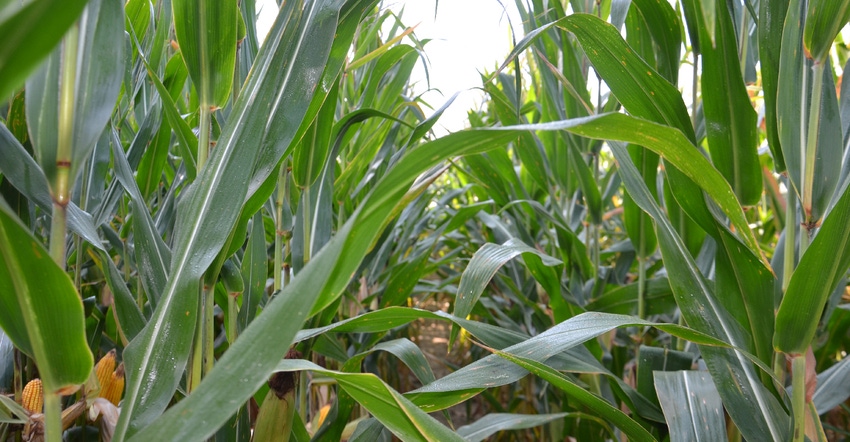December 1, 2020

Tom Bechman asked me to reflect on my more than 60 years working with corn and determine factors that were important then and are still important now. Row widths, seeding rates, even brand names for corn all have changed. But there are certain key factors that applied in 1960, when I was learning to be a corn breeder, that still apply as you prepare for 2021.
Here are seven factors that were important in 1960 and are still critical today:
1. Hybrid genetics. Today’s genetics are far advanced from what your grandfather grew in 1960. But the goal should still be the same. You want to identify and plant top-flight genetics that perform well on your farm. Hybrid selection is where the quest for high yields and economical yields begins.
2. Adequate nutrition. Farmers were just learning about the importance of nitrogen for corn in 1960. The basic concept hasn’t changed. Corn needs adequate nitrogen to produce economical yields. It also needs enough phosphorus, potassium and other macro- and micronutrients, just as it did then. If you see deficiency symptoms before the end of the growing season, your crop is telling you something is missing.
3. Good seed-to-soil contact. Planters 60 years ago weren’t as sophisticated as planters today, but more seedbed preparation often substituted for closing wheels that might not have firmed in seed as well as modern planters do. Freedom from clods and good seed-to-soil contact, with adequate down pressure on row units to make it happen, have always been important. There’s just more technology available to help achieve these today.
4. Uniform seedling emergence. When farmers judged early-season corn performance 60 years ago, they looked at plant spacing, but they also looked at how evenly plants emerged. If they didn’t emerge evenly, either the seedbed wasn’t properly prepared or the planter wasn’t placing and firming seed correctly. The same concept applies today.
5. Equal spacing of plants within the rows. When the John Deere 494A and other planters were in their heyday in the 1960s, the goal was still to space plants evenly. It would be some 30 years before Bob Nielsen at Purdue University would prove how much uneven spacing costs in terms of yield. His work still applies.
6. Disease and insect tolerance. If you look at seed brochures from the 1960s, they stressed how hybrids stood up to specific diseases and insects. This was 30 years before built-in Bt insect protection, but planning to control insect and disease threats with current technology was crucial then and still is now.
7. Soil compaction. Did soils compact in the 1960s? The 1970s? The 1980s? You bet they did. It wasn’t as obvious because more farmers still included other crops in rotations, at least in the 1960s, and equipment, while growing larger, wasn’t as heavy as machinery today. Since Purdue’s Gary Steinhardt and others proved in the early 1980s that “tall corn, short corn” was usually caused by soil compaction, minimizing soil compaction has become an important part of any high-yield game plan.
Nanda is director of genetics for Seed Genetics Direct, Jeffersonville, Ohio Email him at [email protected] or call 317-910-9876.
About the Author(s)
You May Also Like






